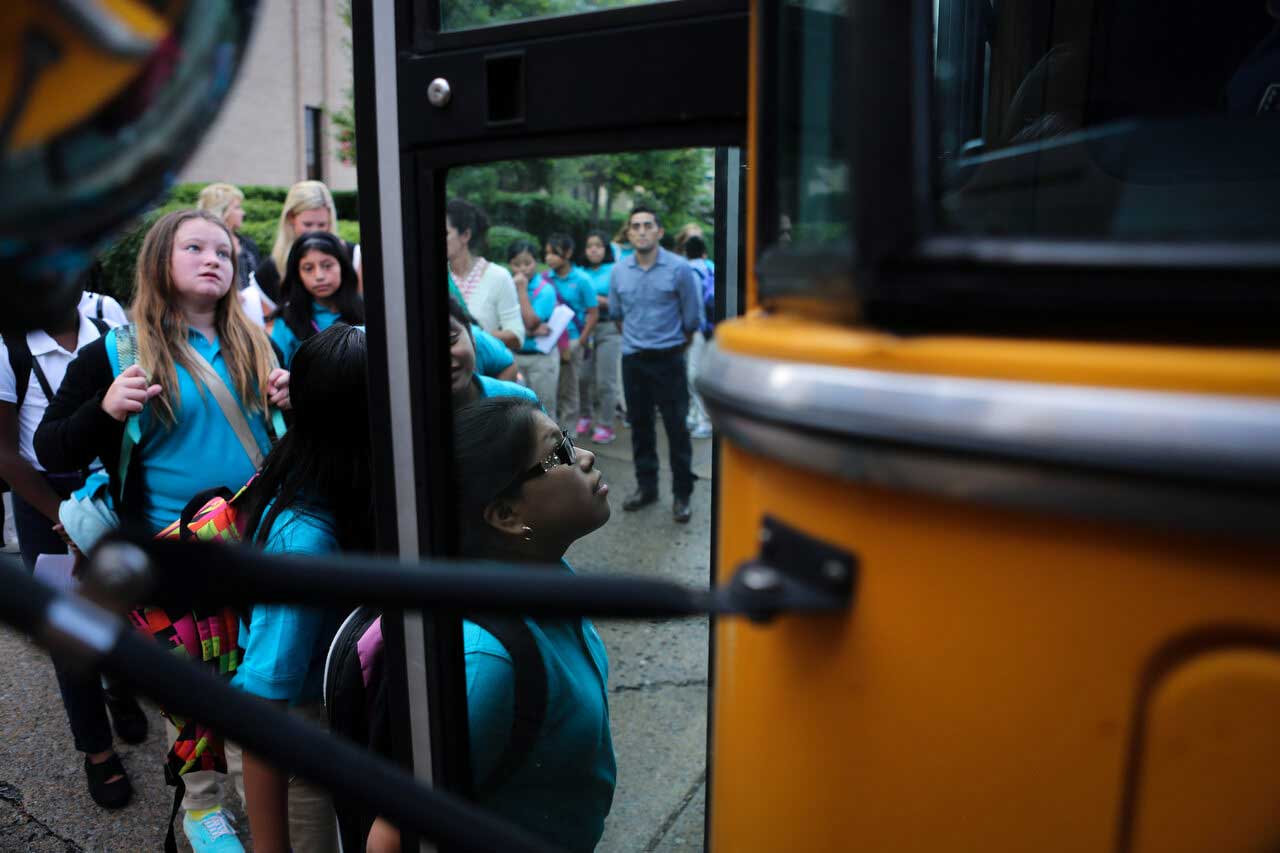Issues: Education

BACKGROUND
Access to education is inextricably linked to economic outcomes. Research shows that Americans without high school diplomas or college degrees are overrepresented in the population of those experiencing poverty. With many states relying at least in part on property taxes to fund public education, school districts with shallower tax pools receive less funding and families report that students don’t have the resources they need to succeed, like books, technology and updated buildings. In recent years, lawsuits filed by states like New Mexico and Connecticut have alleged that those states are violating their constitutions by not providing adequate education to all students.
Beyond K-12 education, continued training and higher education has traditionally been viewed as a key to economic stability but access to those opportunities can be hindered by a range of factors, from discrimination to the high cost of student loans.
WHAT ARE THE RESPONSES?
In order to make school funding more fair, some states are subsidizing underfunded districts or changing their funding formulas, like in Wyoming where money from wealthy districts is redistributed to rural schools. Cleveland used a community-led, private-public partnership to turn around its early childhood education by funneling money into professional development for staff. Research has also shown that early childhood education can be connected later to successful outcomes in school for some students.
Some schools are also implementing new programs to support the entire family and make it easy for parents to support specific learning needs. Chalkbeat Colorado looked at a mobile preschool program that addressed issues of access for rural and low-income families. And increasing access to educational opportunities is critical for addressing the lack of diverse representation in fields like education, both for opportunities for students and educators.
Other programs have addressed the unique needs of Indigenous students, all the way from high school through college, by providing a culturally relevant curriculum and a strong network of support and mentorship.
WHAT TO LOOK FOR:
New efforts to raise or move money to education spending will always receive attention, but it’s important to follow how programs develop over time and to hold public officials accountable for whether their goals are met. It’s also crucial to question whether new initiatives address the root of a problem — for instance, emergency funding for school repairs in an historically underfunded district — rather than just its symptom. Finally, reporters should also keep race, immigration status and disability in mind when reporting on education, as these are compounding factors for economic mobility.